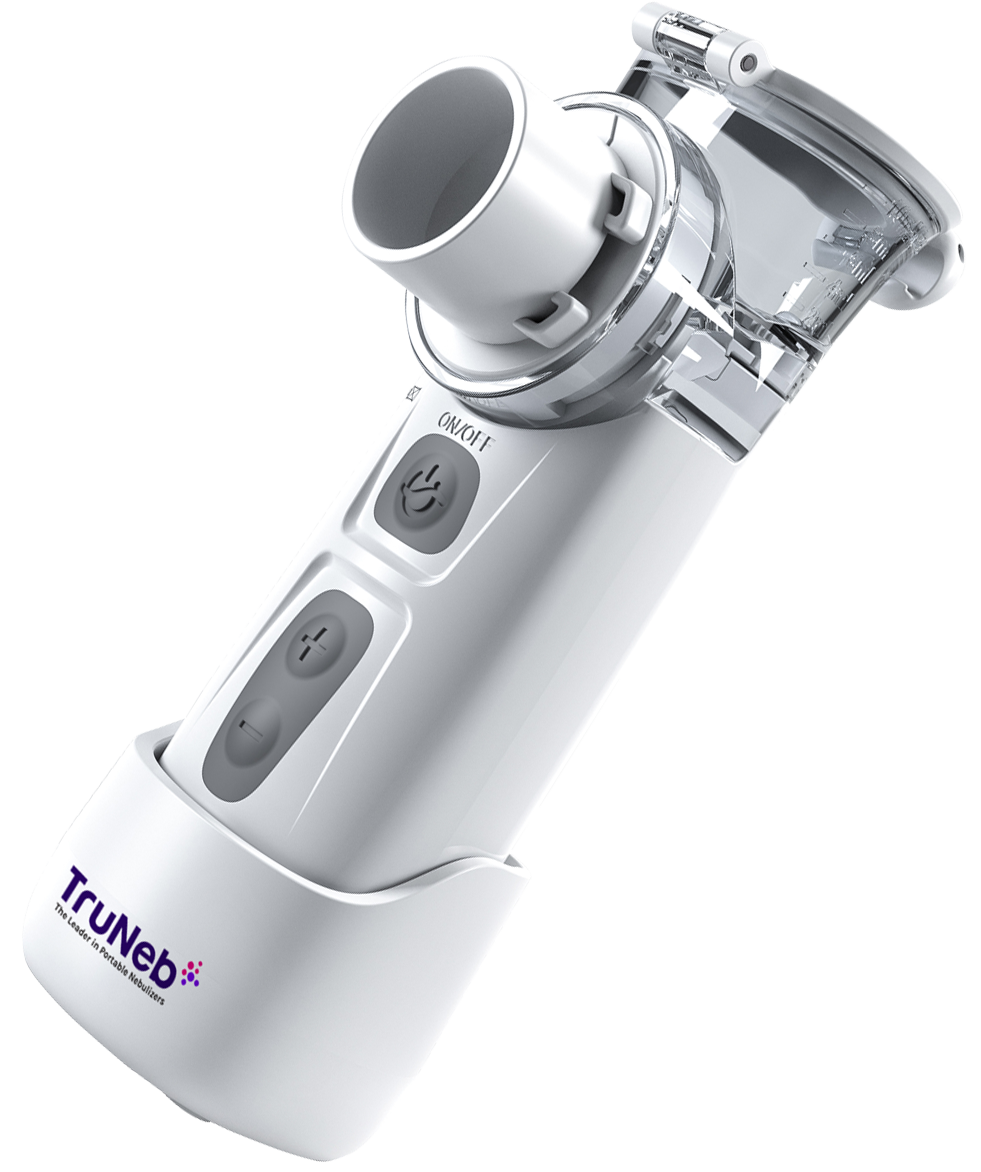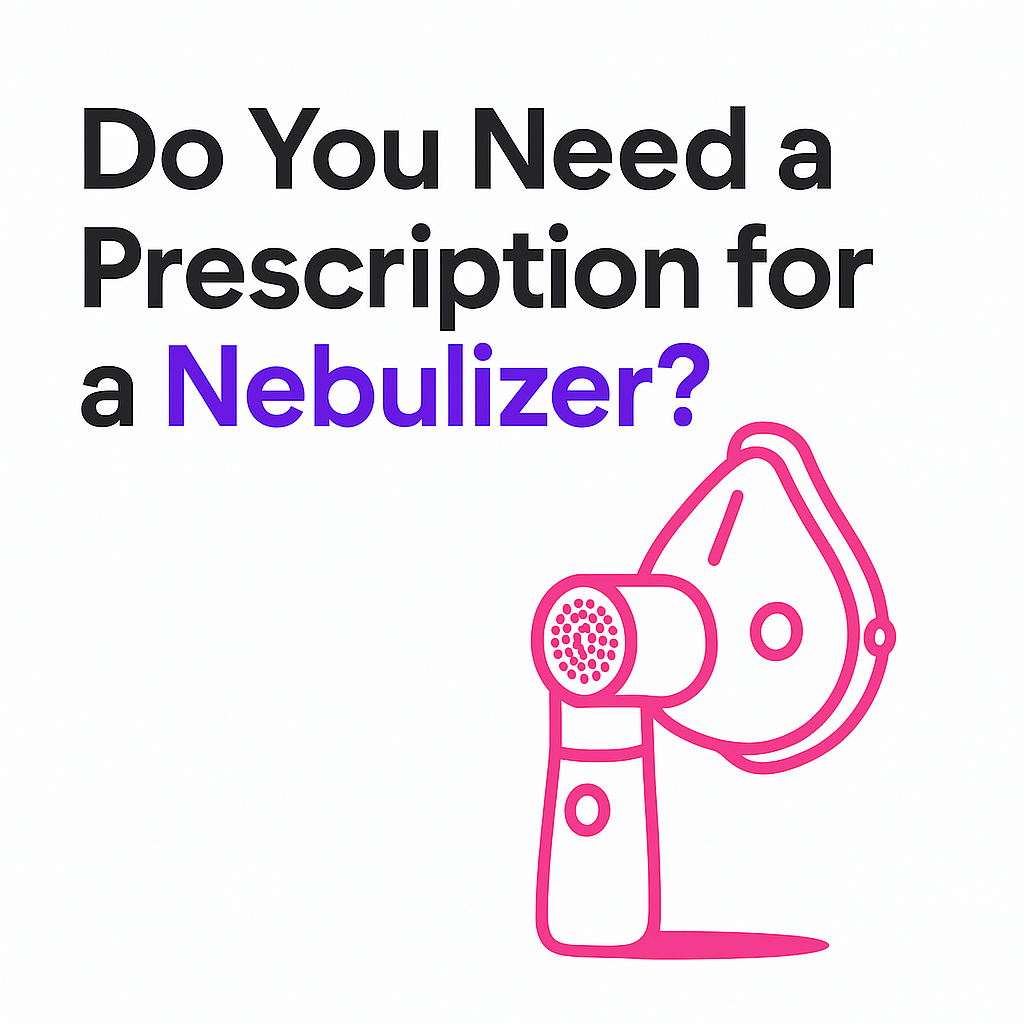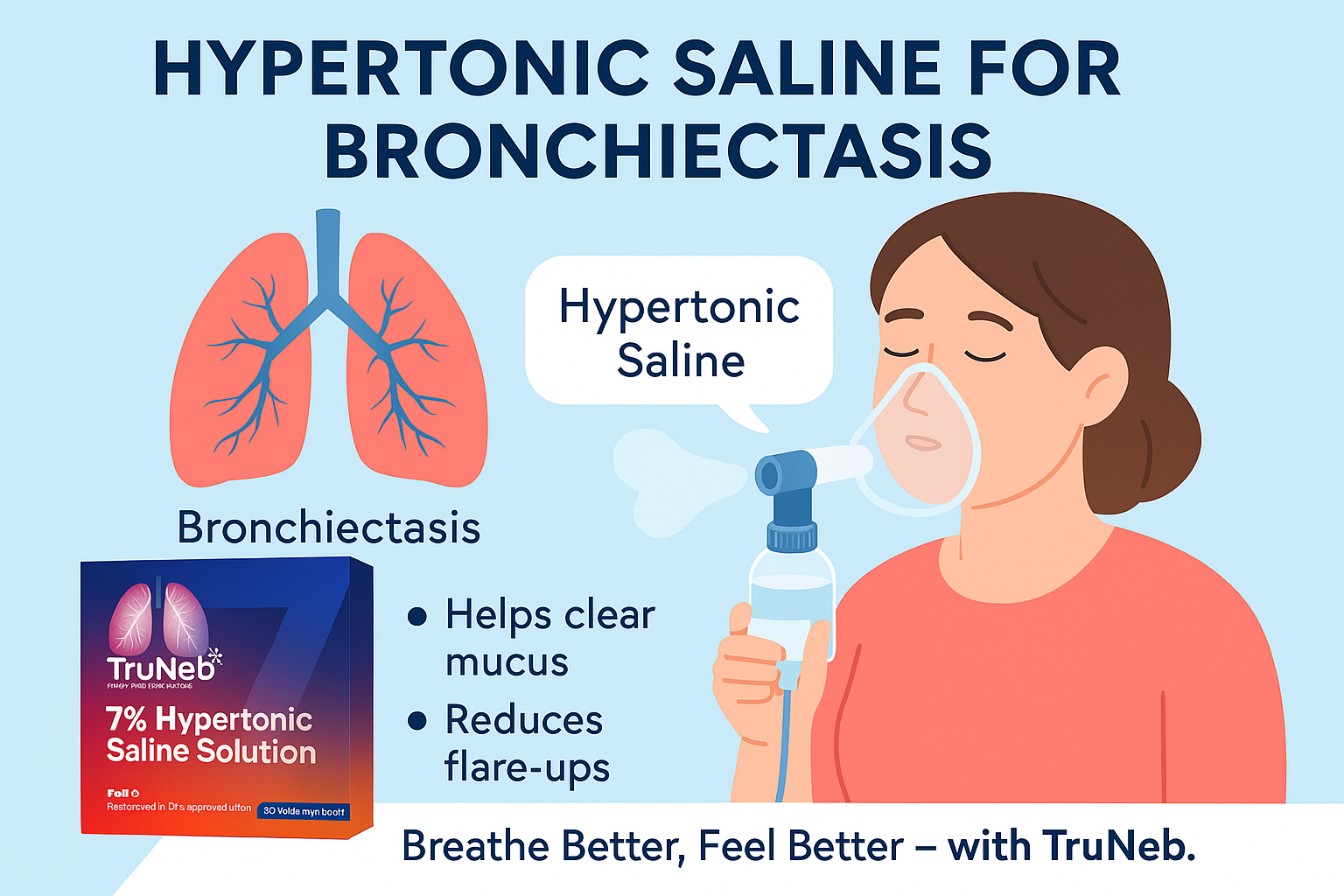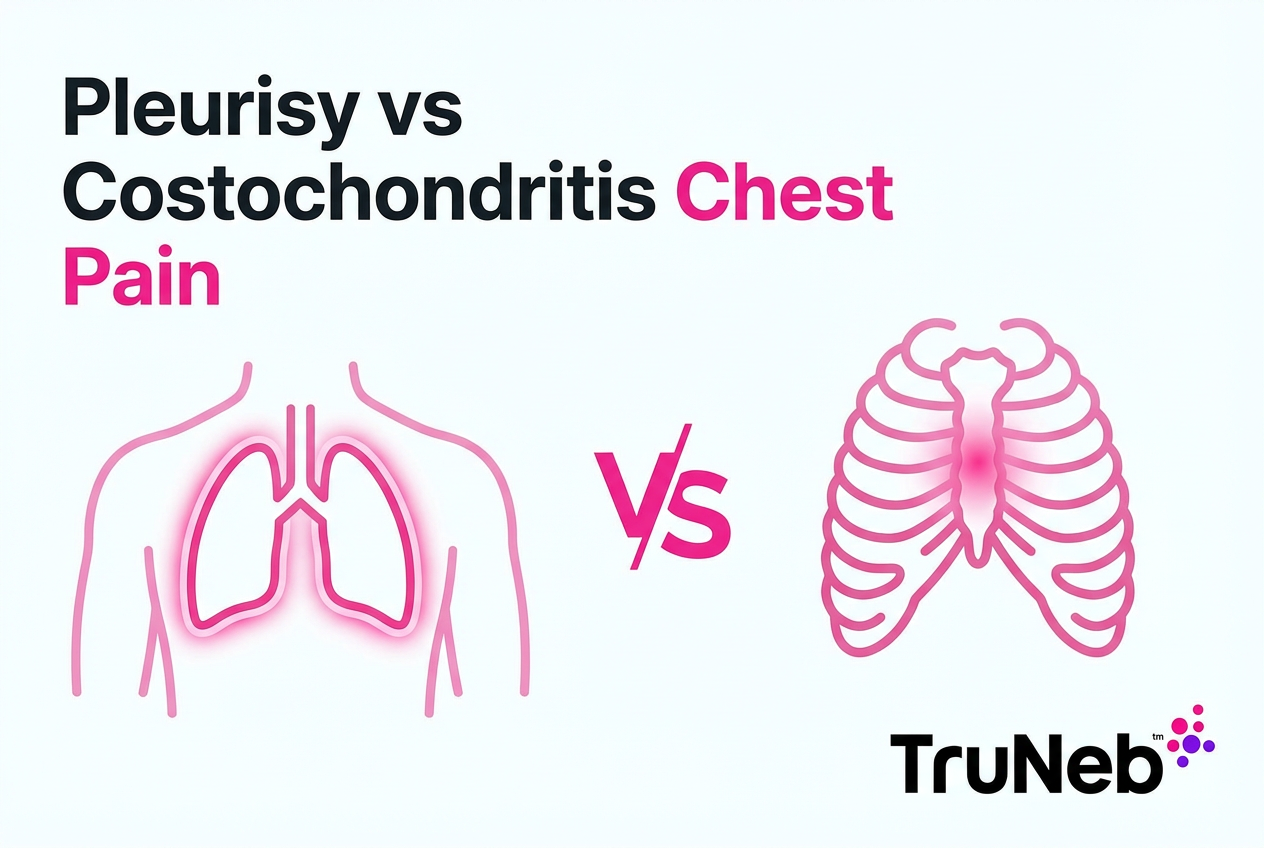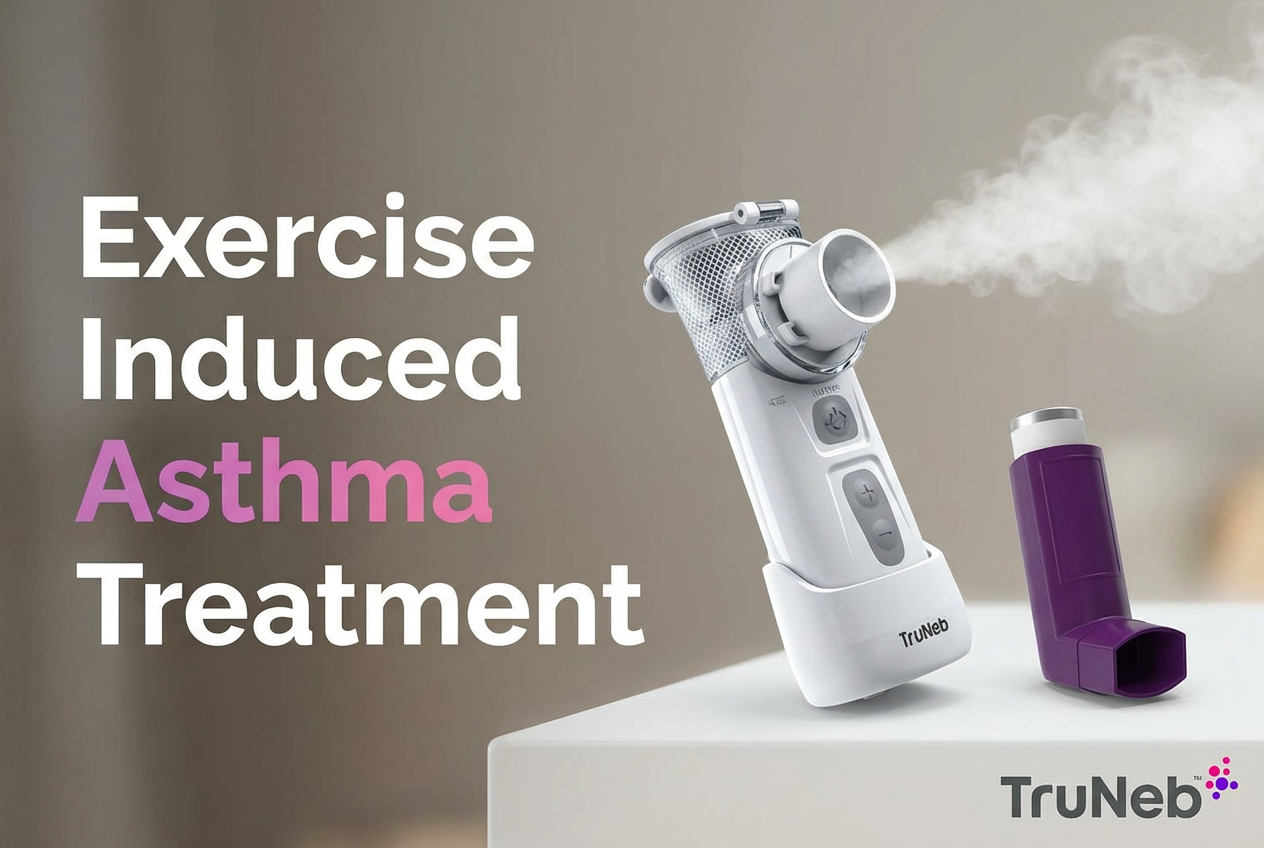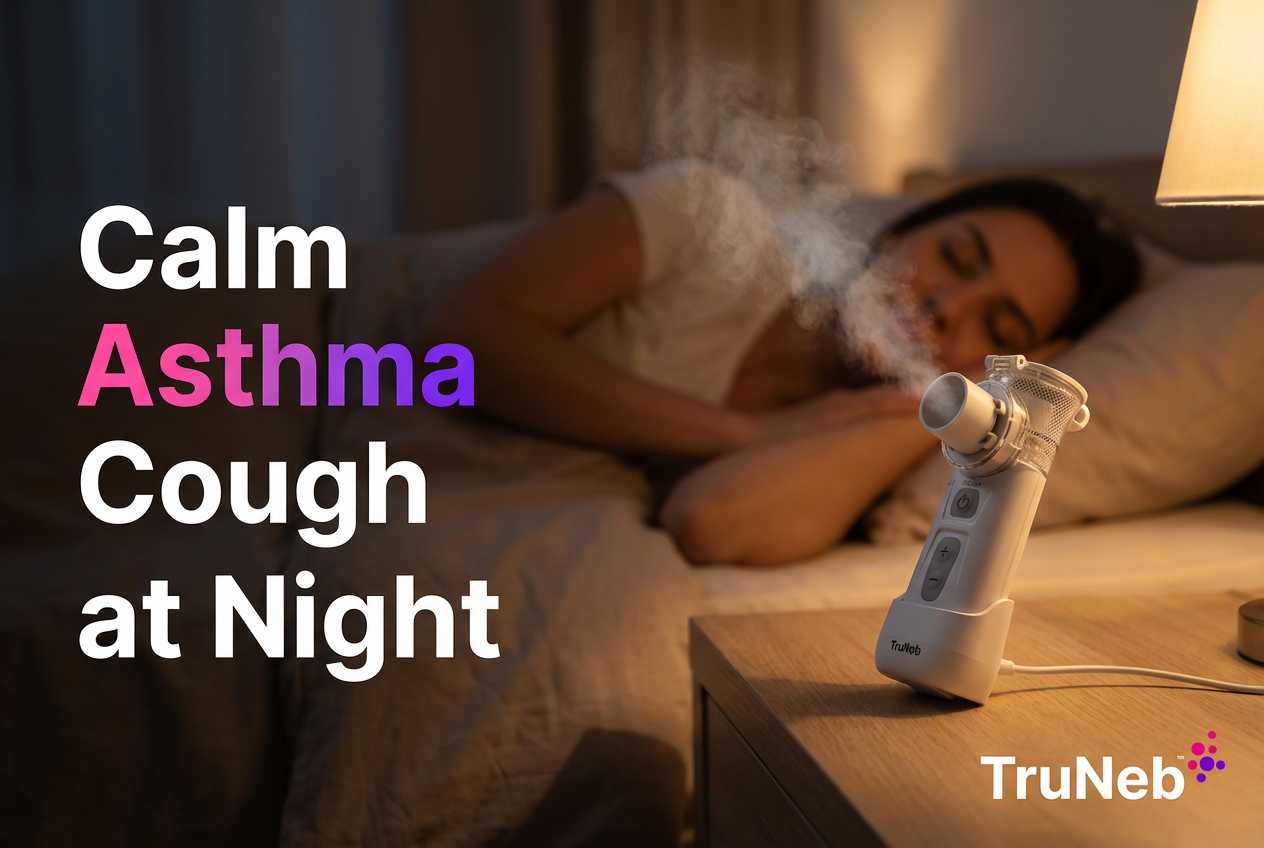On this page
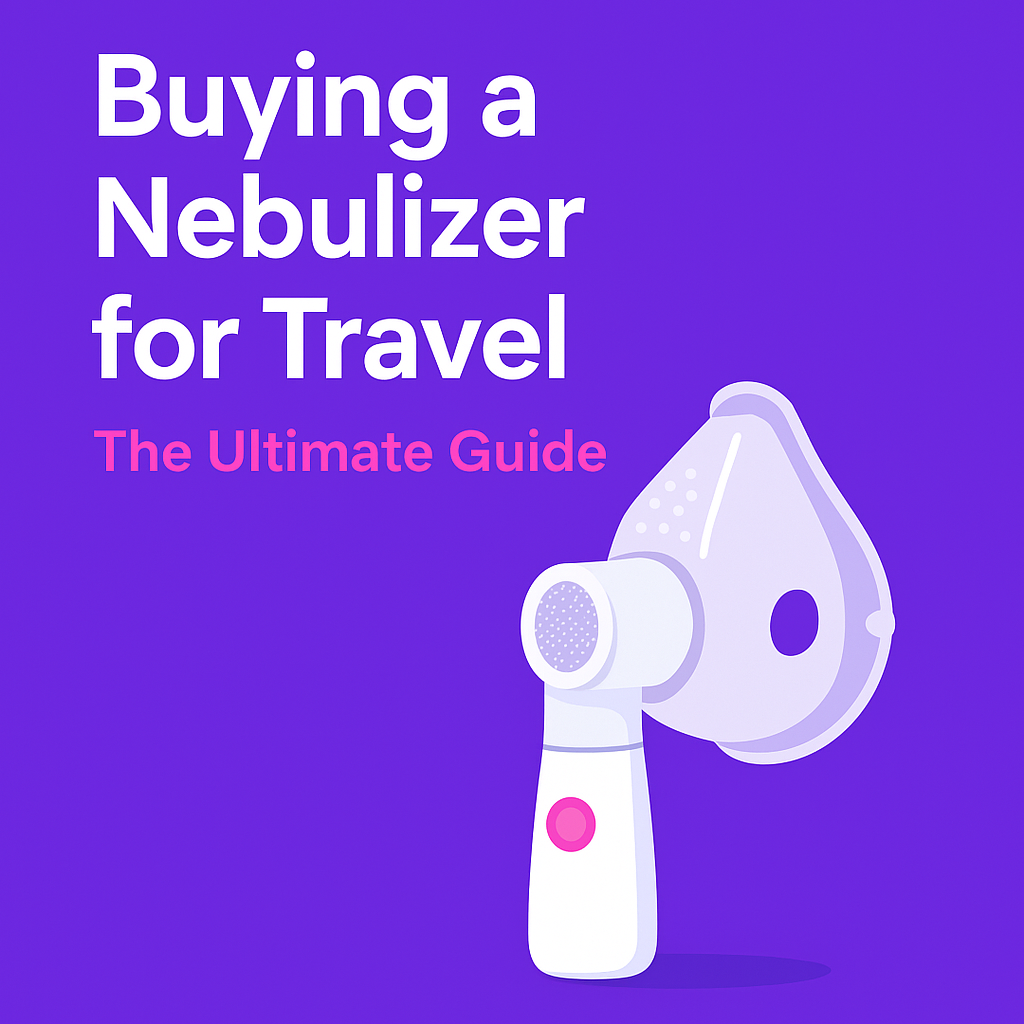
Worrying about managing asthma or COPD while traveling is totally understandable.
Whether you're flying across the country or just heading out for the weekend, traveling with a respiratory condition can feel like a huge burden. But it doesn’t have to be. A good travel nebulizer can make it easier to stick to your treatment plan without actually changing your plans.
In this guide, we’ll walk through everything you need to know about traveling with a nebulizer: what to look for, how to pack it, and why the right device can make all the difference when you’re out of town.
Why a Portable Nebulizer Is a Travel Must
Who Needs a Travel Nebulizer?
If you use a nebulizer at home for asthma, COPD, bronchitis, or another respiratory condition, having one with you while traveling isn’t optional.
Changes in air quality, temperature, and activity level can trigger symptoms, even if things have been stable at home. A handheld nebulizer helps you stay ahead of flare-ups, so you can focus on enjoying yourself while away.
Nebulizer vs. Inhaler on the Road
Inhalers are fast and compact, but they’re not always enough—especially if you need longer treatments or have trouble using them when symptoms are bad.
While you should still have an inhaler with you just in case, a portable nebulizer gives you another option. It delivers medication in a way that’s often easier to inhale and more consistent in the dose that gets to your lungs. Keeping one in your bag means you’re covered no matter what.
The Benefits of Travel-Ready Treatment
- Take treatments wherever you are. No outlets or bulky machines required
- Avoid emergency room visits when symptoms pop up unexpectedly
- Keep your treatment schedule consistent, even if your routine isn’t
A travel nebulizer gives you the confidence to go where you want to go, knowing you’ll be able to keep your breathing in check anytime.
Features to Look for in a Travel Nebulizer
Not all nebulizers are built for life on the move. If you’re shopping for one that can keep up with you—on a plane, in a car, or across a hotel lobby—here’s what to look for.

Portability
When you’re packing light, size matters. A travel nebulizer should fit easily in your carry-on, purse, or backpack without taking up space meant for essentials.
Most portable models weigh under a pound. You’ll barely notice them in your bag, but you’ll definitely notice the relief after a quick treatment!
Power Source
Think about where and how you’ll be using it. A nebulizer that only works when plugged into the wall isn’t much help in an airport terminal.
Look for models with a USB rechargeable battery so you can get consistent use without having to worry about fumbling with removable batteries.
Nebulizer Type: Mesh, Compressor, or Ultrasonic?
Here’s a quick breakdown:
- Mesh nebulizers use vibrating mesh to create a fine mist. They’re small, quiet, and usually the top pick for travel.
- Compressor (jet) nebulizers are more affordable but tend to be bulkier and louder.
- Ultrasonic nebulizers are quiet and effective but may not work with every medication.
If you’re not sure which type is right for you, mesh is usually the safest bet for portability, quiet use, and versatility.
Medication Compatibility
Most portable nebulizers can handle common respiratory medications like albuterol or budesonide, but it’s always a good idea to double-check.
Some meds may not be compatible with ultrasonic models, especially if heat affects their stability. Talk to your healthcare provider if you’re unsure.
Noise Level
Loud, buzzing nebulizers aren’t fun at home, and even less so in public.
Look for a quiet nebulizer for travel if you plan to use it:
- On a flight
- In a shared hotel room
- At work or events
Mesh models are typically the quietest, making them ideal when discretion matters.
Durability & Maintenance
You don’t want to be dealing with fragile parts or complicated cleaning steps while traveling.
A solid travel nebulizer should:
- Come with a protective case or pouch
- Be easy to clean
- Require minimal setup
If you’re going to rely on it, it should be built to handle a little movement and still deliver consistent treatment.
Quick Recap: What to Look For
- ✅ Lightweight & compact
- ✅ Battery-powered (USB is ideal)
- ✅ Quiet operation
- ✅ Compatible with your meds
- ✅ Comes with a travel case
- ✅ Easy to clean and maintain
The right device makes it easier to stay on track without adding bulk, stress, or noise.
Why TruNeb™ is the Best Portable Nebulizer for Travel
Designed with Travelers in Mind
TruNeb was built for people who don’t want their respiratory routine to slow them down.
It’s compact enough to fit in the palm of your hand, light enough to carry all day, and quiet enough to use in a crowded airport without anyone noticing. And since it charges via a USB to micro USB cable, you can plug it into a power bank.
Powered by Advanced Mesh Technology
At the heart of TruNeb is a durable microporous mesh that delivers medication consistently, treatment after treatment.
TruNeb’s mesh is more versatile than other models that clog more easily with medications like budesonide.
Compatible with Common Medications
Need to nebulize albuterol or ipratropium? No problem.
TruNeb works with a range of respiratory meds, making it a reliable option for people managing asthma, COPD, or flare-ups from travel-related triggers like dust, cold air, or altitude changes.
Ready to Travel
Every TruNeb comes with a protective pouch to keep it safe in your bag. And since it charges with a standard USB to micro USB cable, you won’t need to pack bulky converters or adapters for international travel.
Tips for Traveling with a Nebulizer
If you’re taking your neb on the road or in the air, a little prep goes a long way. Whether you’re traveling solo or with a child who uses a nebulizer, here’s how to make the experience smoother from start to finish.
What To Know Before Leaving
- Pack extras. Bring more medication than you think you’ll need, plus a backup mouthpiece, mask, and any other parts your device requires.
- Print your prescription. A doctor’s note or copy of your prescription can help answer questions at security or in case you need a refill while away.
- Do a test run. Use your nebulizer a few days before your trip to confirm it’s working properly, and that you’ve packed everything you need.
Keep It Handy During Travel
- Carry it on. DO NOT check your nebulizer. always keep it in your carry-on so it’s close by if you need it.
- Let TSA know. At airport security, tell the TSA agent you’re carrying a medical device.
- According to the TSA, nebulizers may stay in their case for X-ray screening, but agents might ask you to remove them. Here is the official word on nebulizers from TSA.
- If you're enrolled in TSA PreCheck, you can usually leave everything in your bag.
- No need to worry about liquids. Medications and hypertonic saline for your nebulizer are exempt from the 3-1-1 liquid rule.
- Bring backup power. Pack a fully charged power bank or extra batteries in case your travel day runs longer than expected.
On the Plane
- Yes, you can use it. Nebulizers are allowed on airplanes. Battery-powered models like TruNeb are especially convenient since they don’t require an outlet.
- Use it at your seat. TruNeb is quiet enough that you can take a treatment without bothering anyone nearby.
- Let someone know (optional). If it makes you more comfortable, give a quick heads-up to your seatmate or the flight crew.
- Label your meds. Keeping medications in their original containers can make things easier if you're asked questions at security.
Cleaning & Storage on the Go
- Bring the basics. Travel-size alcohol wipes can help keep your nebulizer clean on the road.
- Use the carrying case. When you’re not using it, store your nebulizer in its case to protect it from bumps, spills, and airport germs.
- Clean daily. Rinse after each use and do a more thorough clean once a day to avoid bacteria buildup. Pack water-bottle size distilled water before your trip in your luggage.
Traveling with Kids Who Use a Nebulizer
- Create a “neb kit.” Include their favorite mask (if they have one), plus books, toys, or videos to keep them occupied during treatments.
- Stick to the routine. Try to schedule treatments at the same times you would at home, like before a flight or long car ride.
- Practice helps. If it’s their first trip, let them use the nebulizer in a new environment (like the car or a park) before you travel. Familiarity builds confidence.

FAQs About Nebulizers and Travel
Can I put albuterol in a portable nebulizer?
Yes. Most portable nebulizers (including TruNeb) are designed to deliver standard inhalation medications like albuterol. Just follow the dosage your doctor prescribed, and make sure to clean the device daily to keep it clean and working properly. Nebulizer 3-6 ml of distilled water as soon as you can after use.
Are nebulizer machines allowed on airplanes?
Absolutely. The TSA allows nebulizers in carry-on luggage. You might be asked to remove it for screening, and in some cases, it’ll be inspected manually. You can let the TSA agent know it’s a medical device, and you should be good to go!
What is the best travel nebulizer for kids?
Look for something that’s lightweight, runs quietly, and delivers treatment fast. TruNeb checks all those boxes. It’s simple enough for parents to use anywhere, whether you’re in a hotel room or boarding a flight.
Travel Far, Breathe Easy
Having a reliable nebulizer for travel helps you stay in control, no matter what the day brings.
TruNeb makes it easy to stick to your routine, treat symptoms quickly, and breathe easier wherever you are.

